Description
The two-part, fifth edition of Advanced Organic Chemistry has been substantially revised and reorganized for greater clarity. The material has been updated to reflect advances in the field since the previous edition, especially in computational chemistry. Part A covers fundamental structural topics and basic mechanistic types. It can stand-alone; together, with Part B: Reaction and Synthesis, the two volumes provide a comprehensive foundation for the study in organic chemistry.
Companion websites provide digital models for study of structure, reaction and selectivity for students and exercise solutions for instructors. Since its original appearance in 1977, Advanced Organic Chemistry has maintained its place as the premier textbook in the field, offering broad coverage of the structure, reactivity and synthesis of organic compounds. As in the earlier editions, the text contains extensive references to both the primary and review literature and provides examples of data and reactions that illustrate and document the generalizations.
While the text assumes completion of an introductory course in organic chemistry, it reviews the fundamental concepts for each topic that is discussed.
Among the changes:
– Coverage of the importance of computational chemistry in modern organic chemistry, including applications to many specific reactions.
– Expanded coverage of stereoselectivity and enantioselectivity, including discussion of several examples of enantioselective reagents and catalysts
– Chapter 10, Concerted Pericyclic Reactions, has been reorganized and now begins with cycloaddition reactions.
– The treatment of photochemical reactions has been extensively updated to reflect both experimental and computational studies of the transient intermediates involved in photochemical reactions.
– A companion Web site provides digital models for study of structure, reaction and selectivity. Here students can view and manipulate computational models of reaction paths. These sites also provide exercises based on detailed study of the computational models.
– Several chapters in Part A conclude with Topics short excursions into specific topics such as more detailed analysis of polar substituent effects, efforts to formulate substituent effects in terms of density functional theory, or the role of carbocations in petroleum refining
– Solutions to the chapter problems are provided to instructors online
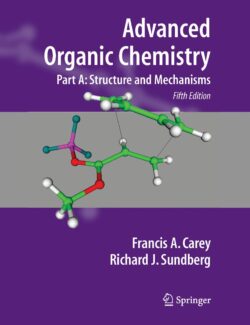


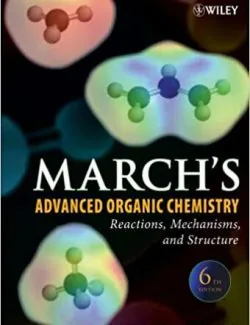
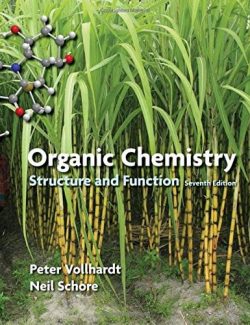
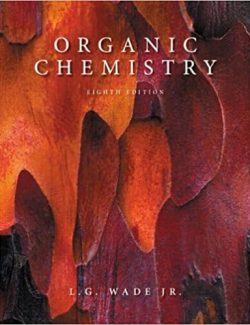
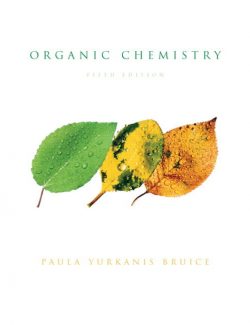

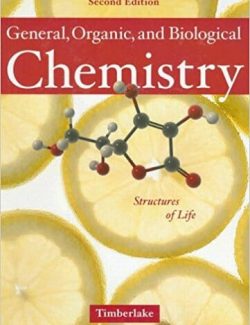
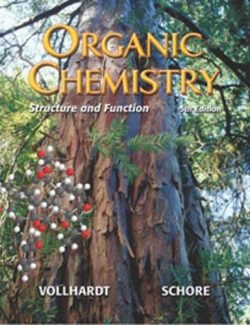
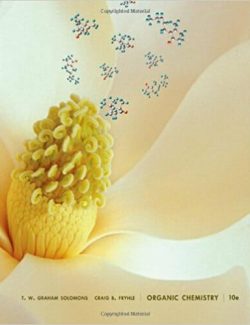


Leave us a comment
No Comments